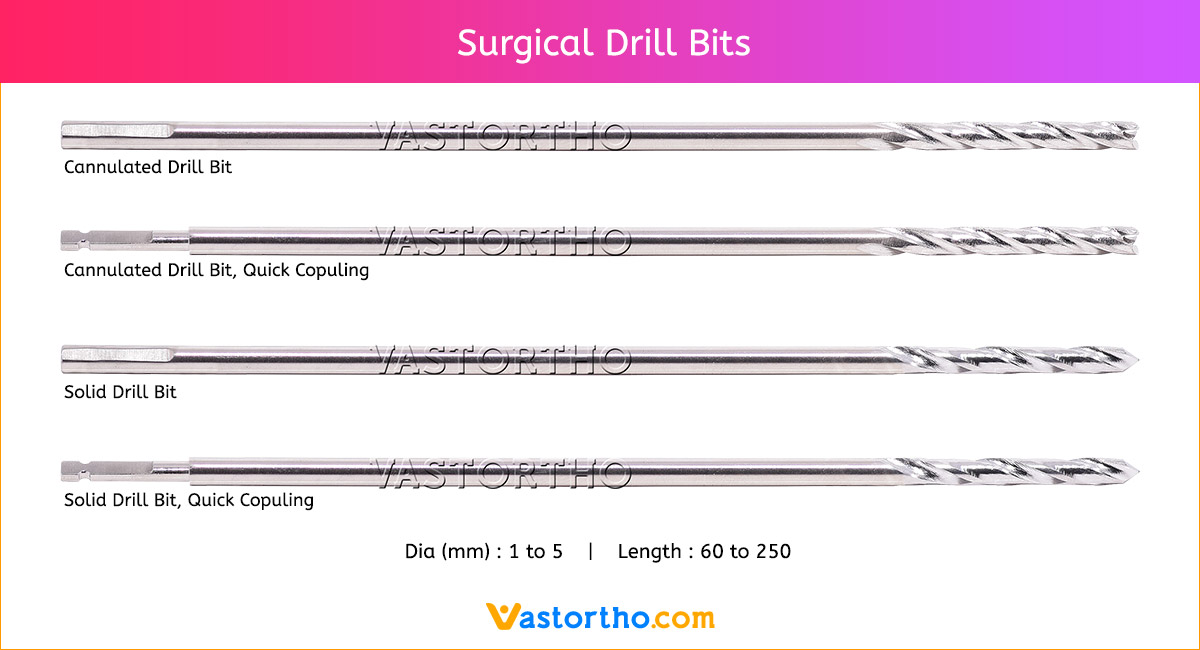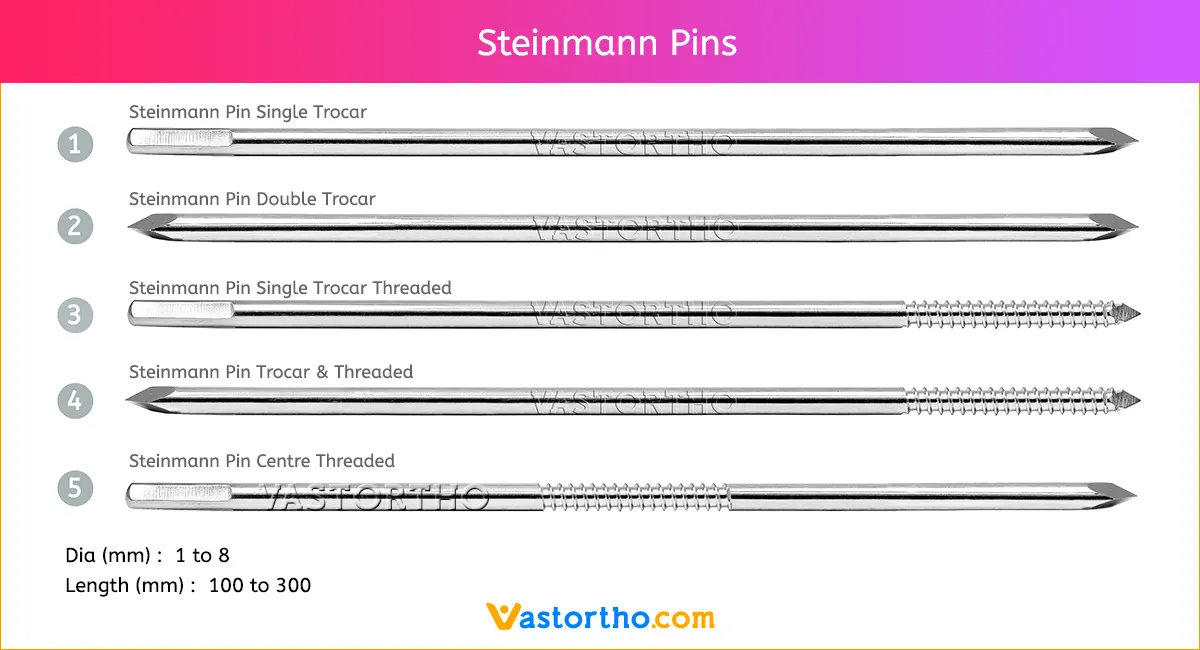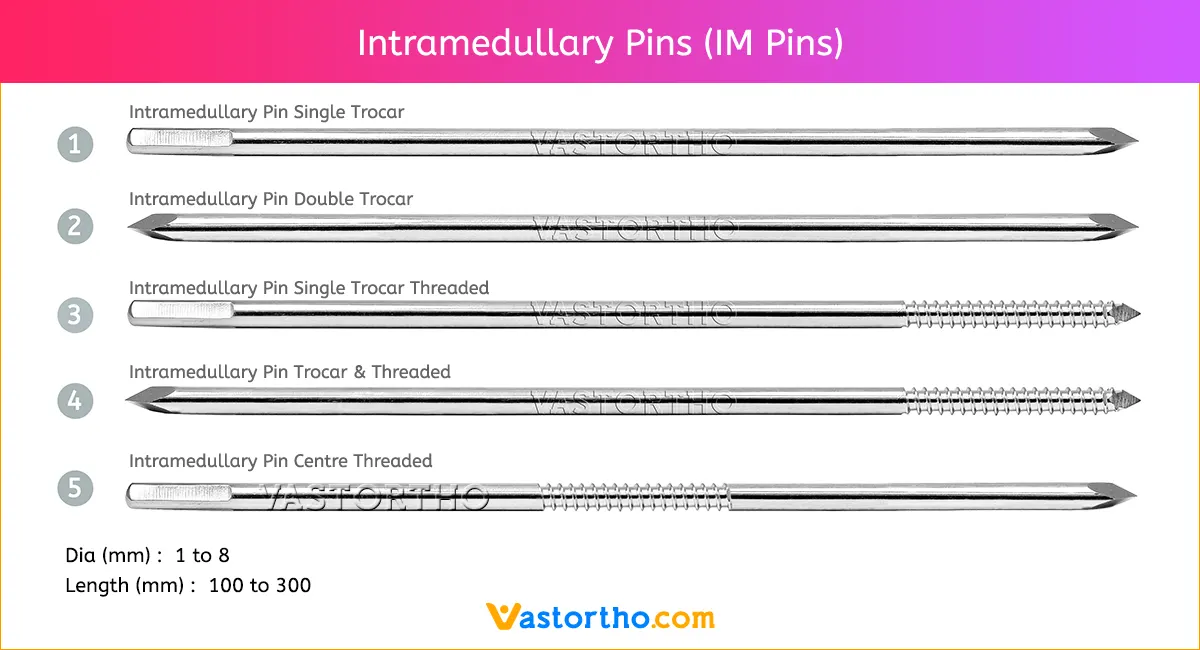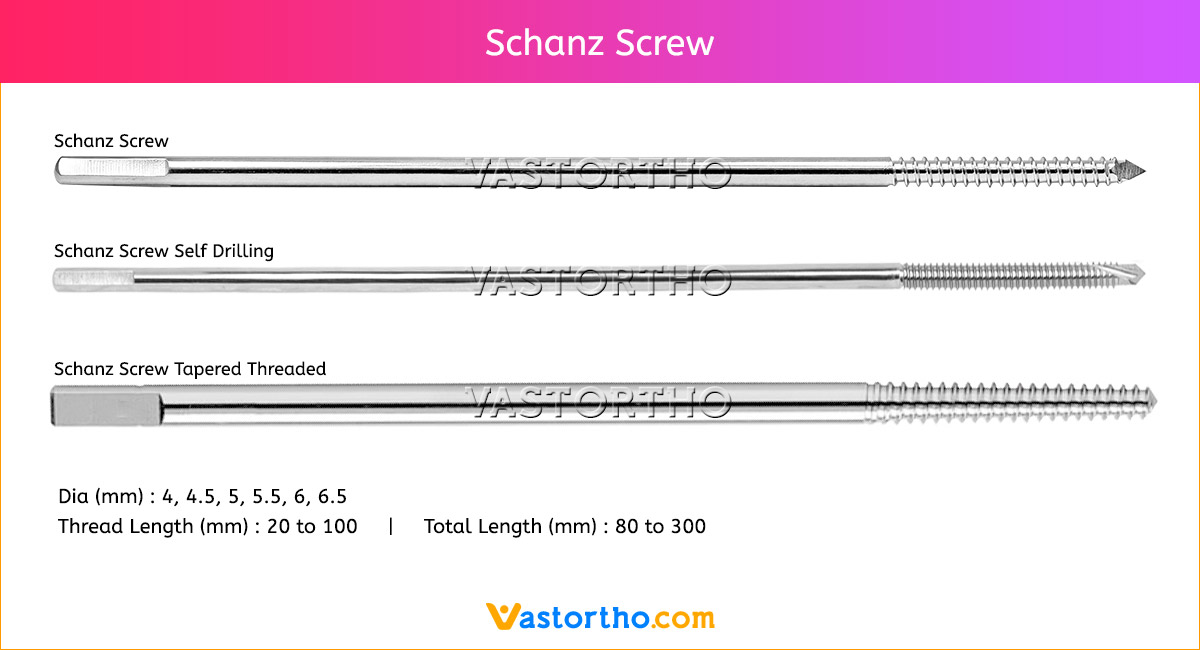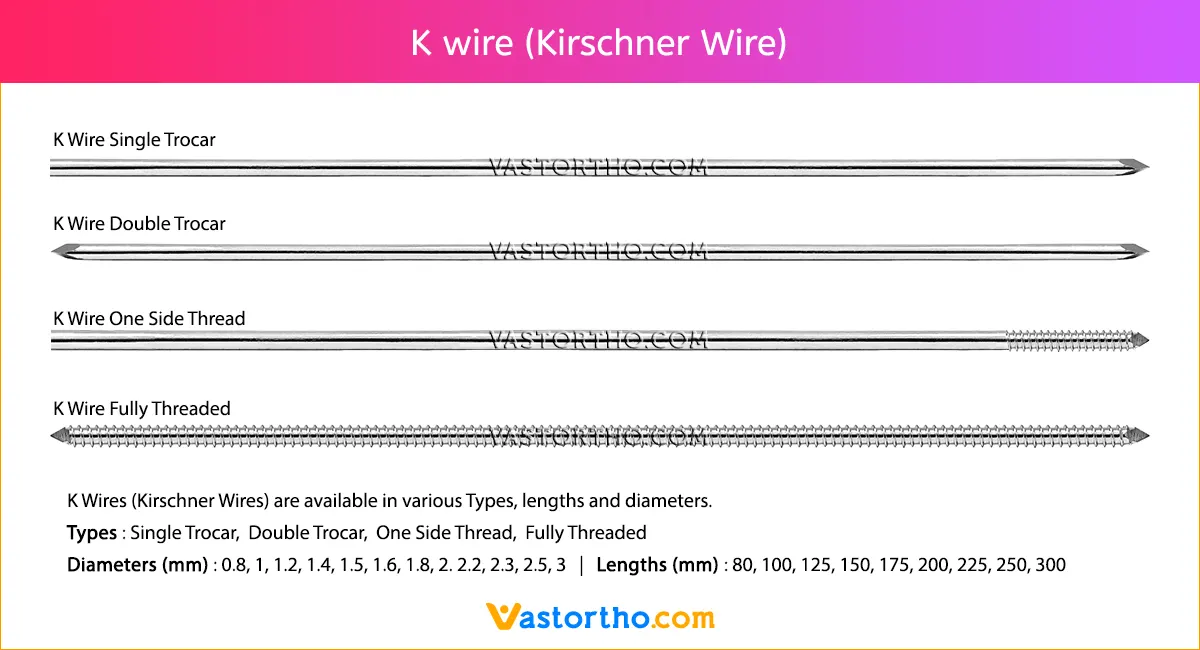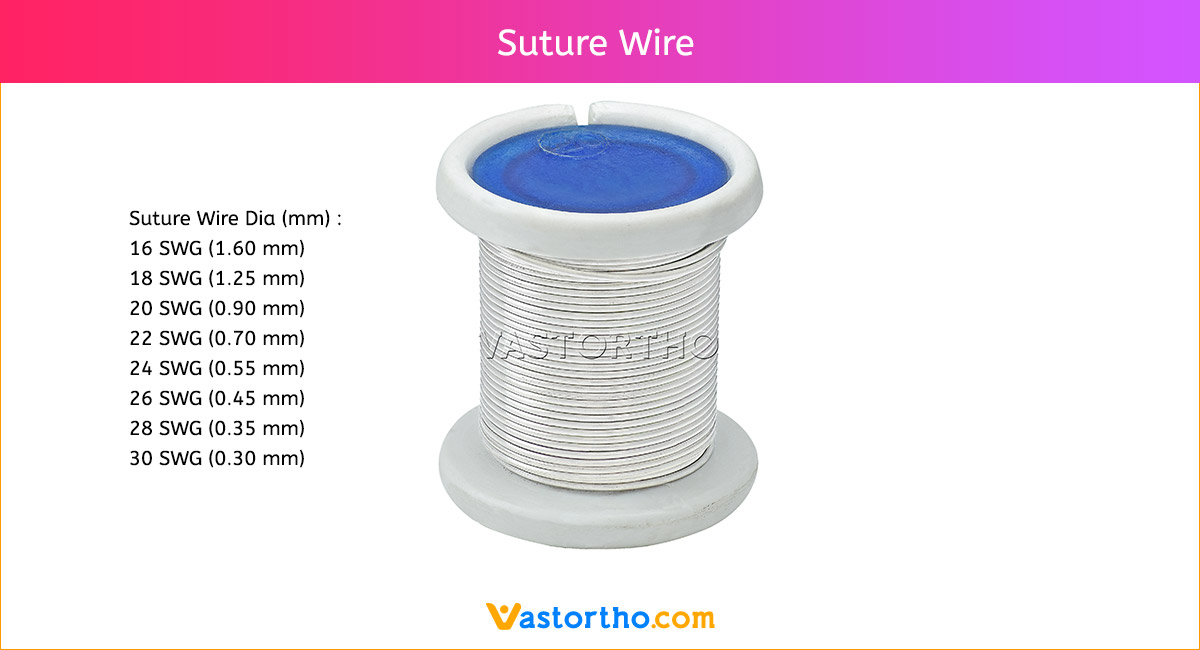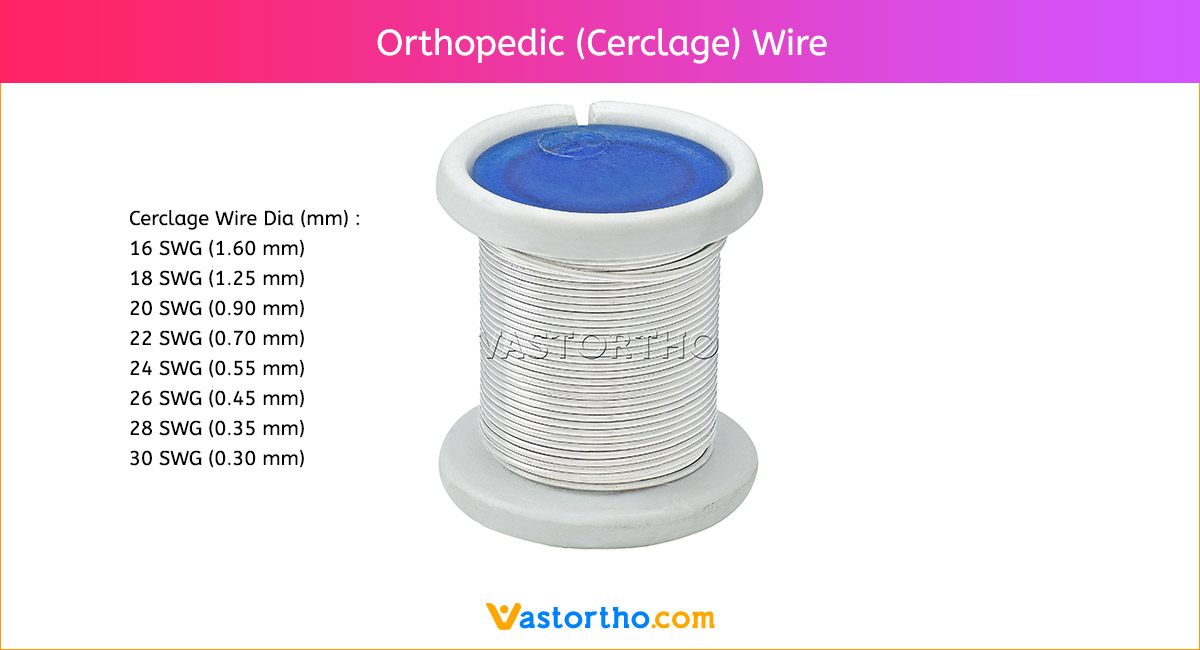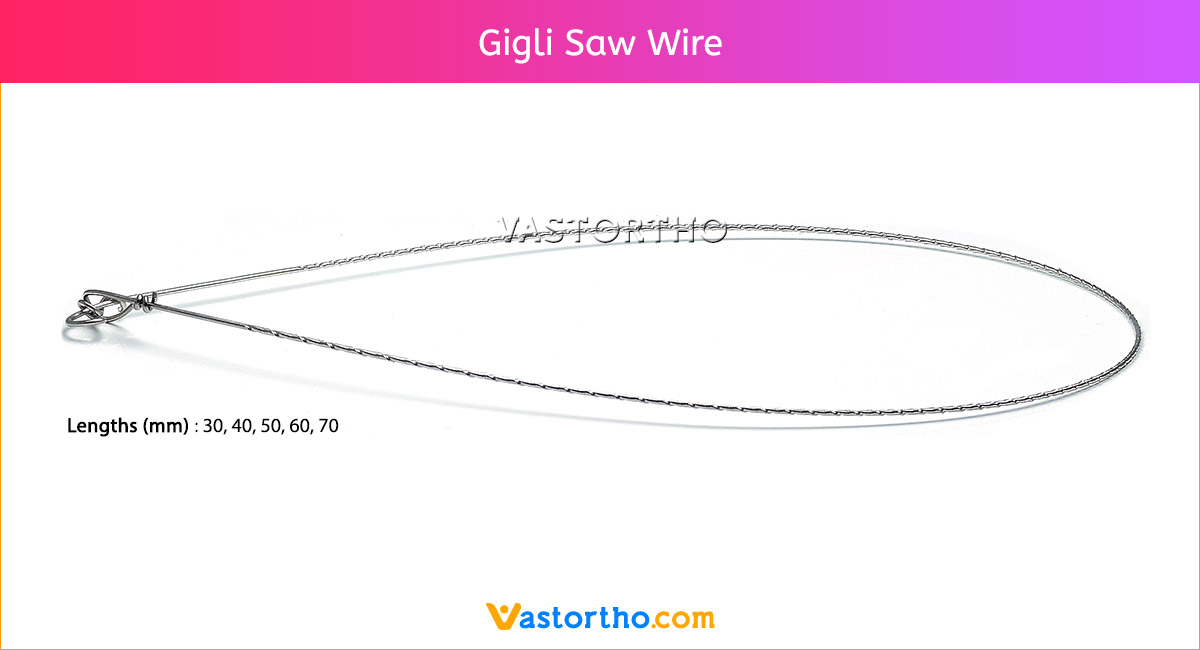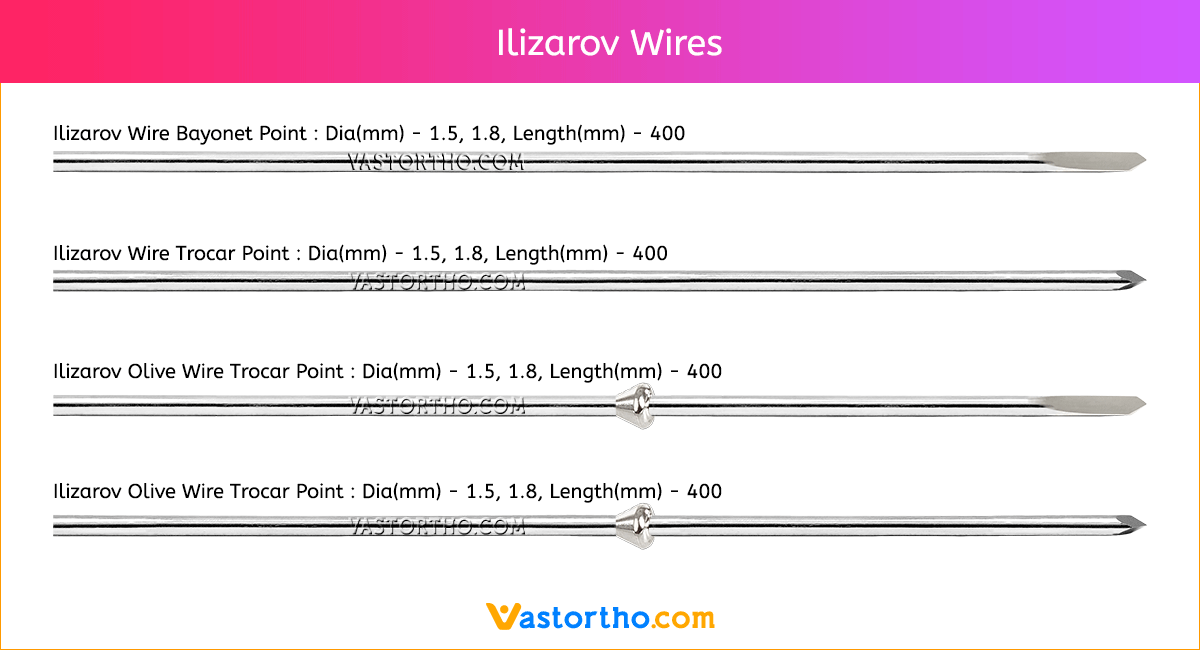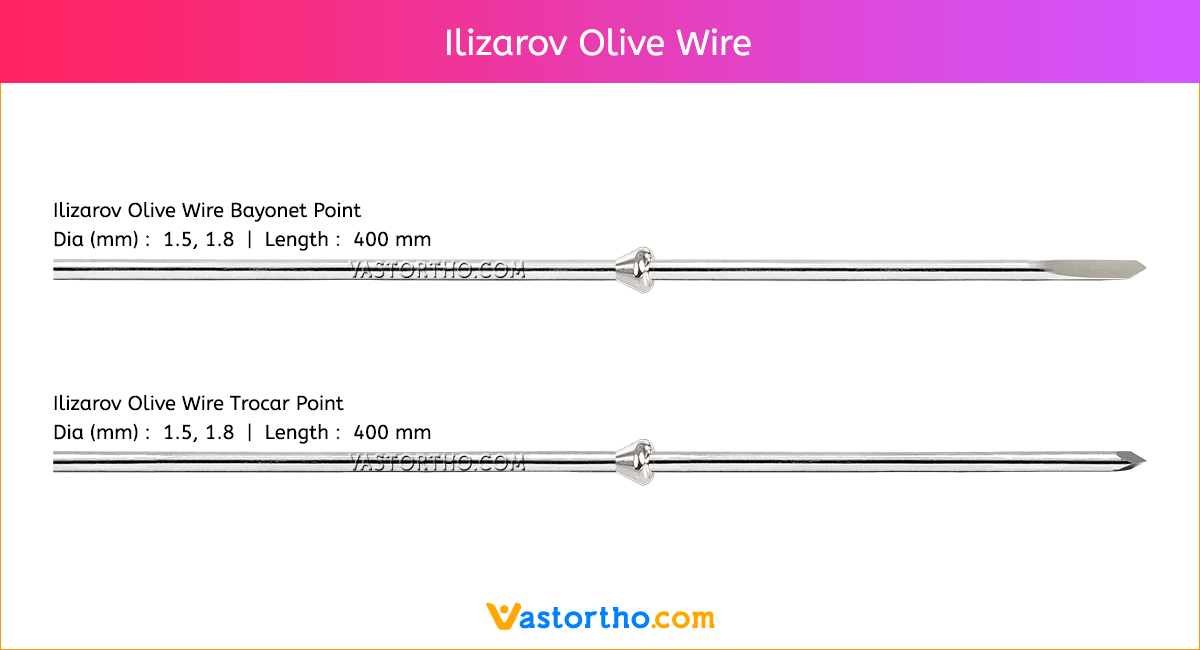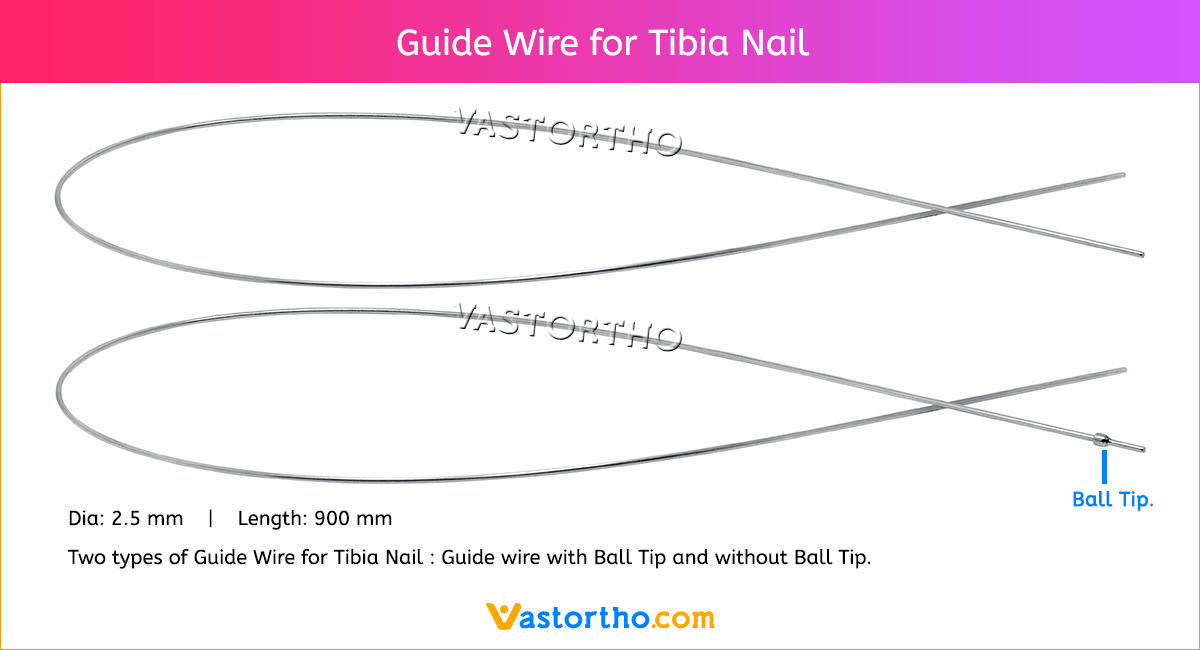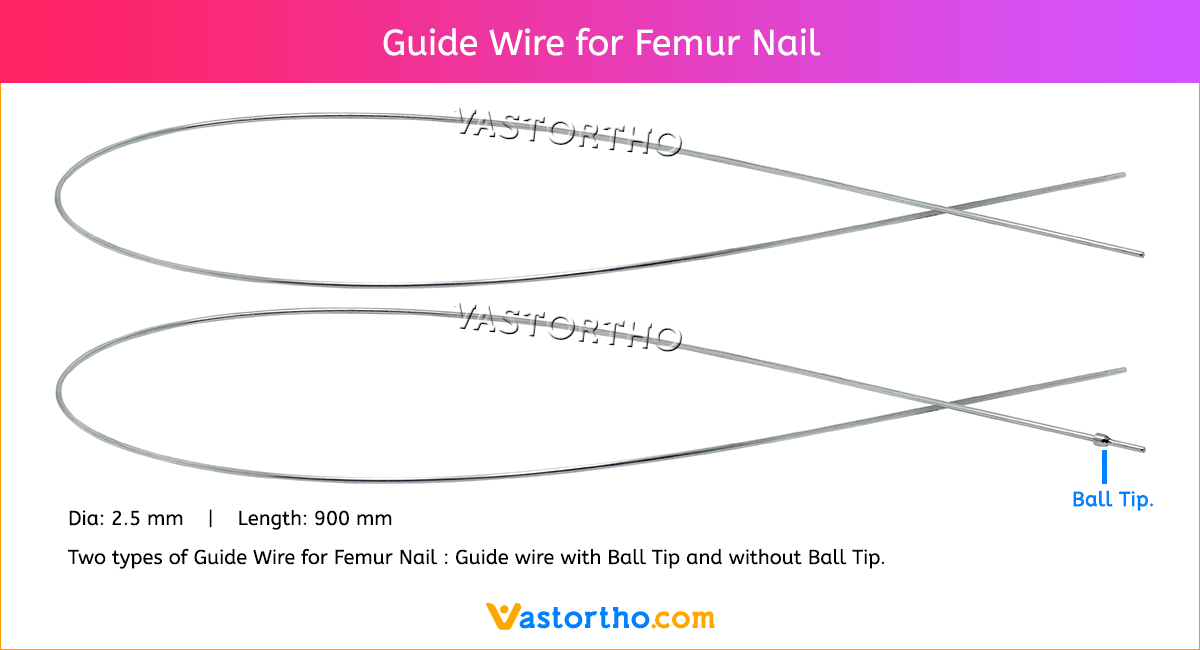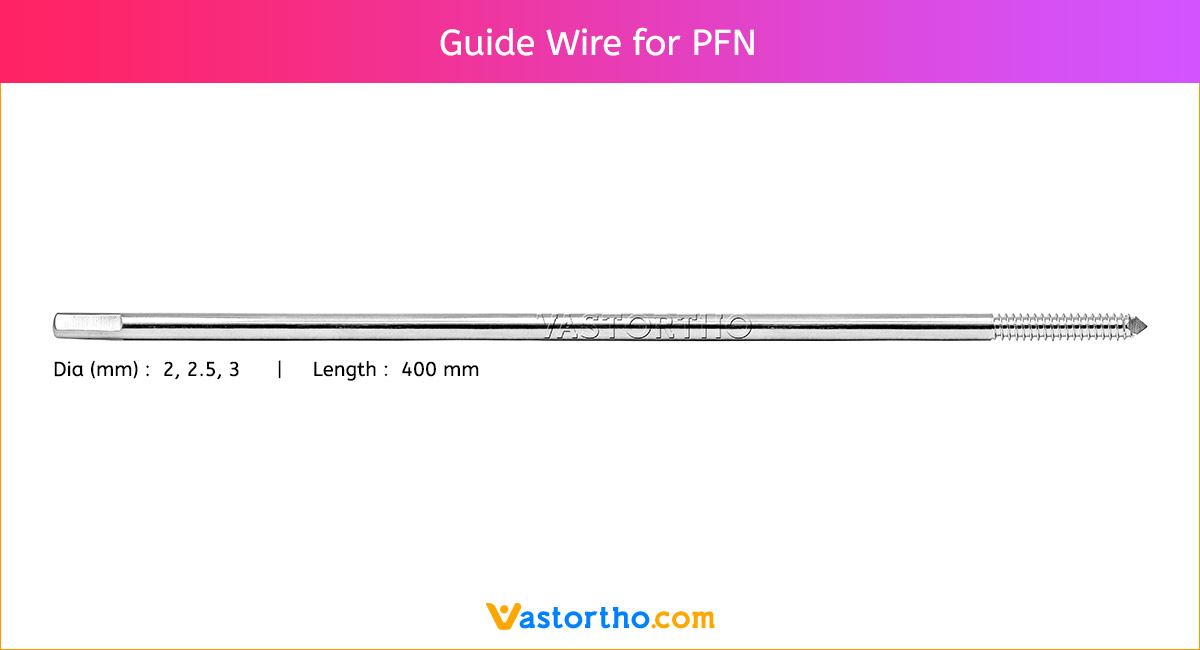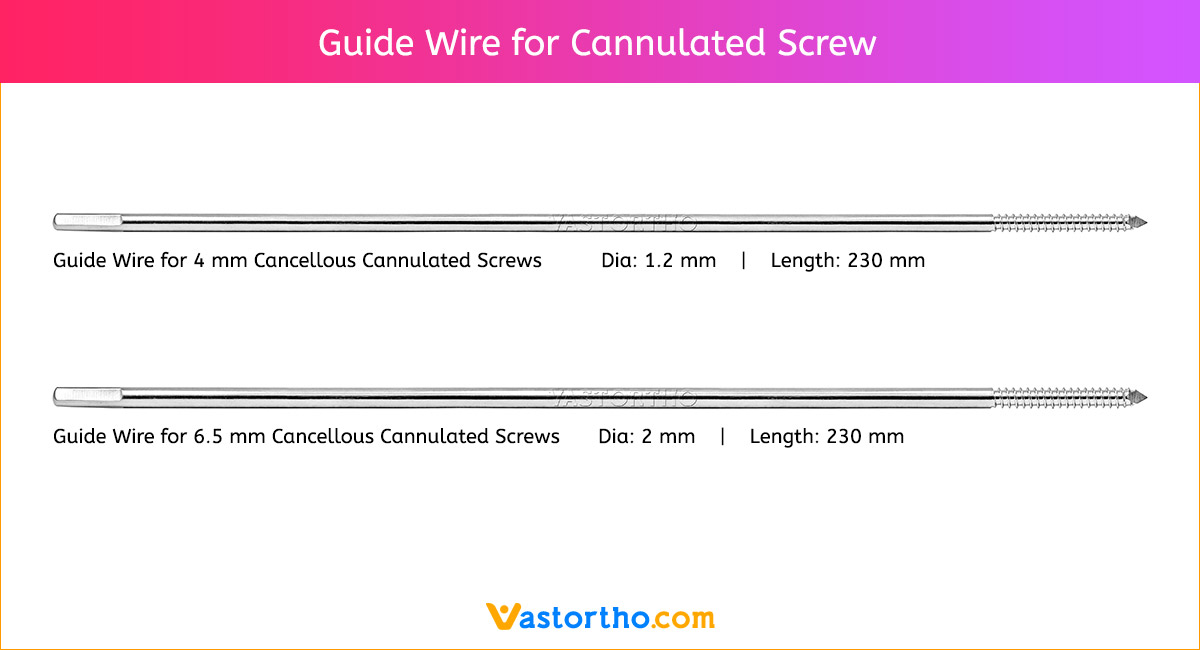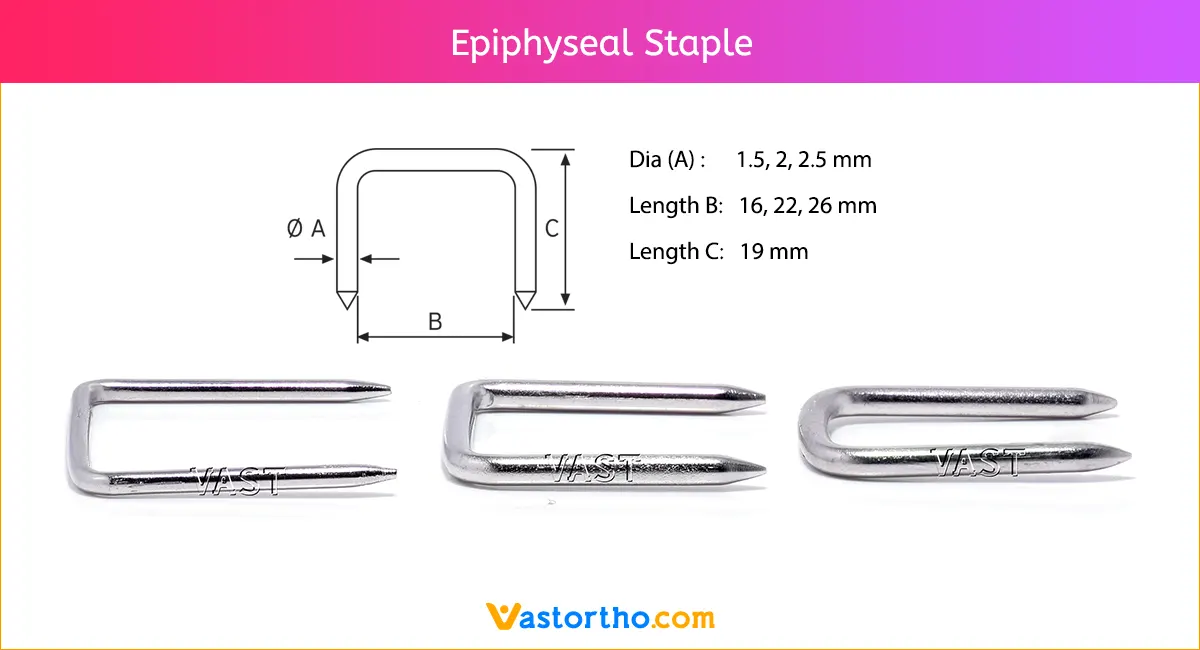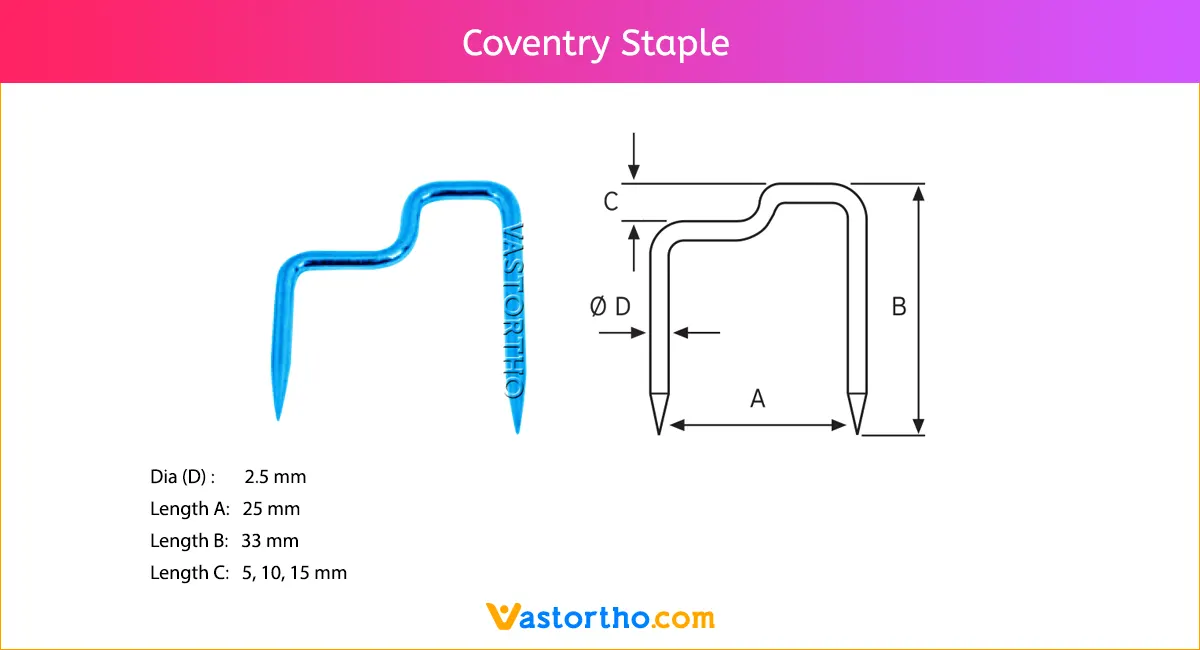Positive Profile Steinmann Pin Specification, Uses, Sizes and Surgical Techniques.
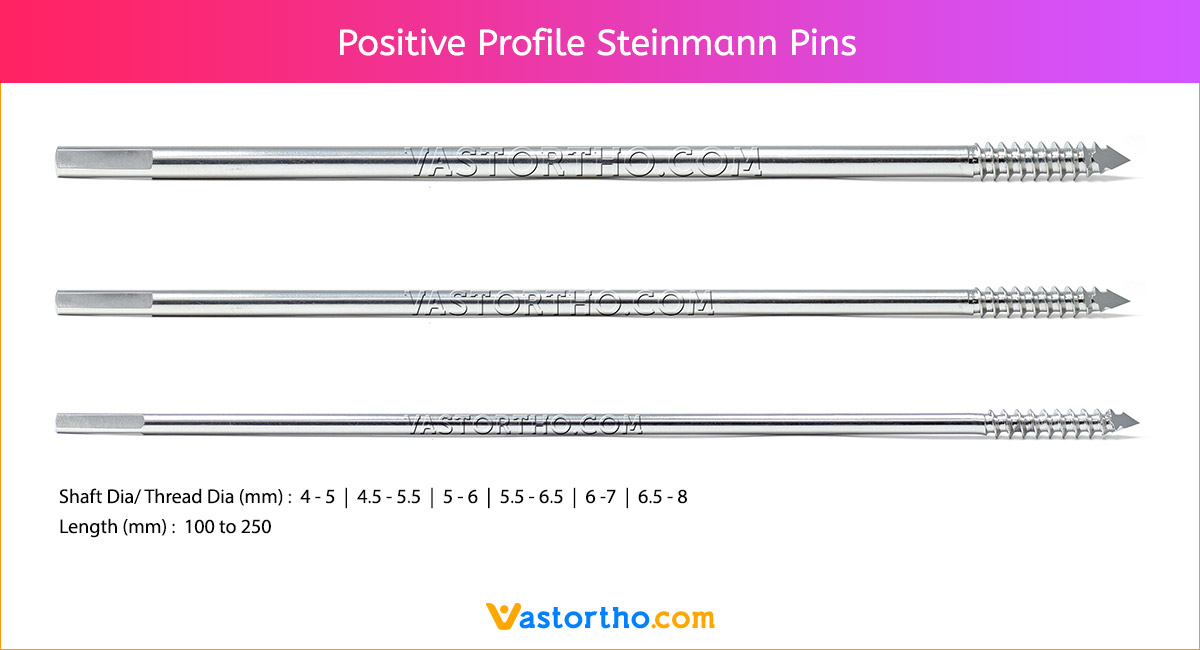
Positive Profile Steinmann Pin Specification
Positive Profile Steinmann pin insertion remains the most commonly performed procedure in orthopedic practice. Although its use for definitive fracture treatment has steadily declined due to advent of newer implants and devices, it still finds application in treatment in fractures suffered by medically unfit and pediatric patients and for providing interim traction in almost all lower limb injuries as well as hip and knee pathologies.
Positive Profile Steinmann pins are composed of stainless steel. They are smooth and cylindrical, with a sharp tip on one end and a hole or groove on the other.
Positive Profile Steinmann Pin Sizes
Positive Profile Steinmann Pin is a thin metal rod commonly used in orthopedic procedures for holding large bone fractures together. These pins function similarly to K Wire, but are larger in diameter.
Positive Profile Steinmann Pins are available in various lengths and diameters.
Shaft Dia / Thread Dia x Length = 4 / 5 x 100 mm
Shaft Dia / Thread Dia x Length = 4 / 5 x 125 mm
Shaft Dia / Thread Dia x Length = 4 / 5 x 150 mm
Shaft Dia / Thread Dia x Length = 4 / 5 x 175 mm
Shaft Dia / Thread Dia x Length = 4 / 5 x 200 mm
Shaft Dia / Thread Dia x Length = 4 / 5 x 225 mm
Shaft Dia / Thread Dia x Length = 4 / 5 x 250 mm
Shaft Dia / Thread Dia x Length = 4.5 / 5.5 x 100 mm
Shaft Dia / Thread Dia x Length = 4.5 / 5.5 x 125 mm
Shaft Dia / Thread Dia x Length = 4.5 / 5.5 x 150 mm
Shaft Dia / Thread Dia x Length = 4.5 / 5.5 x 175 mm
Shaft Dia / Thread Dia x Length = 4.5 / 5.5 x 200 mm
Shaft Dia / Thread Dia x Length = 4.5 / 5.5 x 225 mm
Shaft Dia / Thread Dia x Length = 4.5 / 5.5 x 250 mm
Shaft Dia / Thread Dia x Length = 5 / 6 x 100 mm
Shaft Dia / Thread Dia x Length = 5 / 6 x 125 mm
Shaft Dia / Thread Dia x Length = 5 / 6 x 150 mm
Shaft Dia / Thread Dia x Length = 5 / 6 x 175 mm
Shaft Dia / Thread Dia x Length = 5 / 6 x 200 mm
Shaft Dia / Thread Dia x Length = 5 / 6 x 225 mm
Shaft Dia / Thread Dia x Length = 5 / 6 x 250 mm
Shaft Dia / Thread Dia x Length = 5.5 / 6.5 x 100 mm
Shaft Dia / Thread Dia x Length = 5.5 / 6.5 x 125 mm
Shaft Dia / Thread Dia x Length = 5.5 / 6.5 x 150 mm
Shaft Dia / Thread Dia x Length = 5.5 / 6.5 x 175 mm
Shaft Dia / Thread Dia x Length = 5.5 / 6.5 x 200 mm
Shaft Dia / Thread Dia x Length = 5.5 / 6.5 x 225 mm
Shaft Dia / Thread Dia x Length = 5.5 / 6.5 x 250 mm
Shaft Dia / Thread Dia x Length = 6 / 7 x 100 mm
Shaft Dia / Thread Dia x Length = 6 / 7 x 125 mm
Shaft Dia / Thread Dia x Length = 6 / 7 x 150 mm
Shaft Dia / Thread Dia x Length = 6 / 7 x 175 mm
Shaft Dia / Thread Dia x Length = 6 / 7 x 200 mm
Shaft Dia / Thread Dia x Length = 6 / 7 x 225 mm
Shaft Dia / Thread Dia x Length = 6 / 7 x 250 mm
Shaft Dia / Thread Dia x Length = 6.5 / 8 x 100 mm
Shaft Dia / Thread Dia x Length = 6.5 / 8 x 125 mm
Shaft Dia / Thread Dia x Length = 6.5 / 8 x 150 mm
Shaft Dia / Thread Dia x Length = 6.5 / 8 x 175 mm
Shaft Dia / Thread Dia x Length = 6.5 / 8 x 200 mm
Shaft Dia / Thread Dia x Length = 6.5 / 8 x 225 mm
Shaft Dia / Thread Dia x Length = 6.5 / 8 x 250 mm

